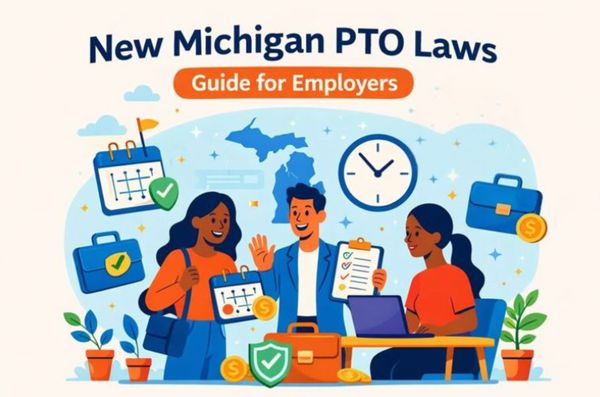Coaching employees in the workplace for success
Discover how to coach employees in the workplace for success. Learn about proven coaching models, the seven pillars of coaching, and performance review tools.

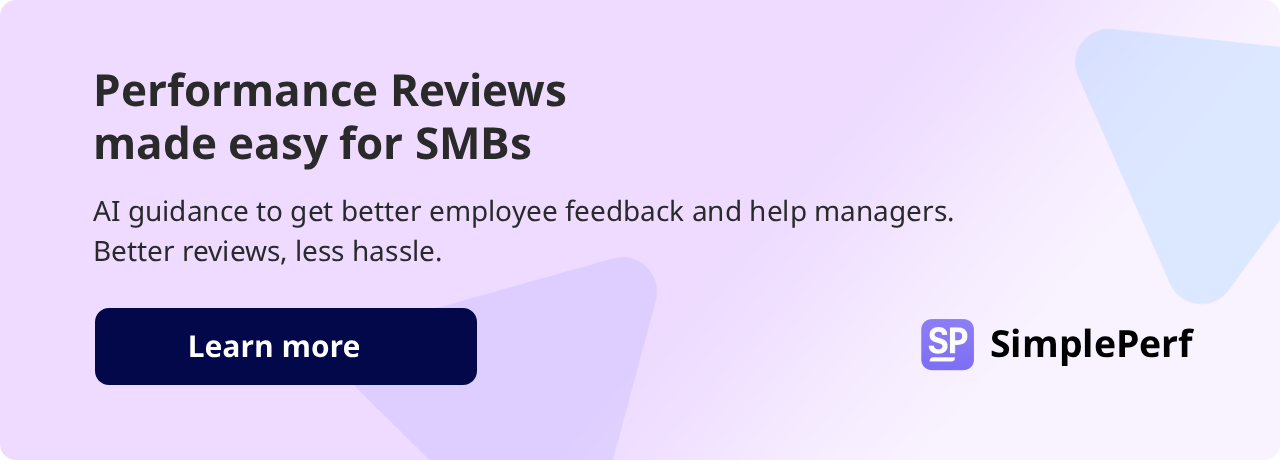
In the U.S, there are currently around fifty-six million Millennials and fifty-three million Gen X’ers in the workplace. [1] These workers value clear goals, purposeful guidance, and consistent support, alongside ample growth opportunities. However, these preferences often clash with a traditional top-down management approach that emphasizes control.
To fully engage with Millennials and Gen X’ers, companies need a better approach. One that offers collaboration and empowerment, helping employees take ownership of their professional development. We believe the answer lies with coaching employees in the workplace for success.
Keep your employees fully engaged on a platform they love (Slack), and with apps that understand their needs. From virtual chats to vacation request trackers, kudos, and anniversary nods, BuddiesHR pulls your HR functions together. Get started with BuddiesHR
Quick Overview
Coaching employees in the workplace is a process of guiding them to unlock their potential, use their skills to meet targets, receive constructive feedback, and achieve lasting results. The goal is to create stronger working relationships within a team, increasing engagement and productivity.
Table of Contents
- Employee coaching: A fresh engagement perspective
- What do successful workplace coaching models look like?
- Seven pillars of coaching for managers
- How to structure a coaching conversation
- Conclusion
- Frequently Asked Questions
Employee coaching: A fresh engagement perspective
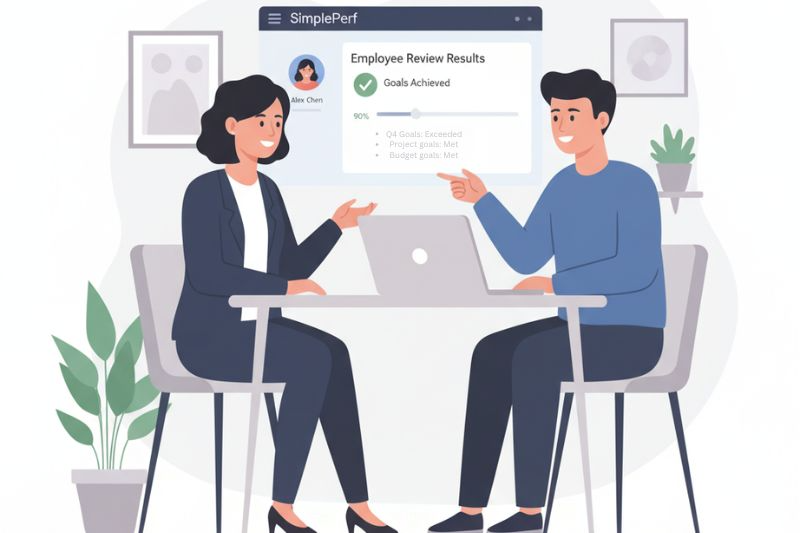
Motivational theories have discovered that employees involved in coaching in the workplace, with a focus on personal growth, continuous learning, and self-awareness, are more engaged than employees who only receive instructional training. [2]
When workplaces develop employee coaching strategies that align with the needs of the workforce, it encourages employees to actively participate in continuous improvement and organizational success. However, an effective coaching program needs to be intentional and carefully constructed.
📚 Cultivating a results mindset can be easily achieved by using the principles in the GROW coaching model. Unlock your team’s potential, remove internal blocks, and get results.
What do successful workplace coaching models look like?
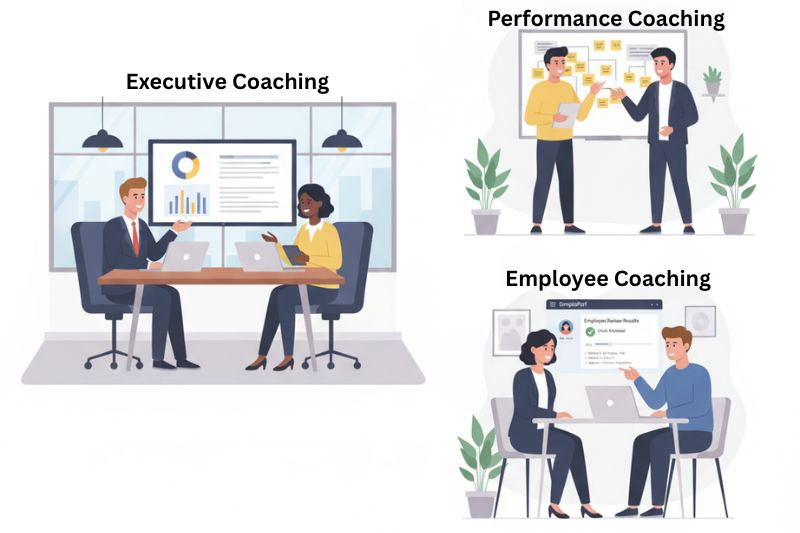
Holistic coaching models deliver the most sustainable success because they focus on the entire organization, not just its parts. By engaging in coaching conversations and strategies at every level, coaching becomes part of the culture - a huge success factor for employee engagement. Effective organizations offer a mix of:
- Executive coaching: Tailored to senior managers and often done by a professional coach, it focuses on leadership development. Strategic thinking, decision-making under pressure, and influence are usually discussed.
- Leadership coaching: Designed for mid-level managers and team leaders who are responsible for guiding and motivating others to achieve results. It emphasizes leadership skills such as conflict resolution, negotiation, and inspirational management.
- Peer coaching: Focuses on collaboration and leveraging shared knowledge across teams. Employees can coach one another in technical skills, communication skills, and problem-solving skills at their level, making it more relatable.
- Employee coaching sessions: Regular one-on-one meetings held between managers and employees to focus on performance feedback and short-term goals. Successful coaching relies on trust in the relationship.
- Performance coaching: Zones in on helping employees overcome blockers and challenges. These take the form of daily check-ins or stand-up meetings.
While these models show what you need to coach employees effectively, success ultimately depends on how the coaching is done. Most coaching approaches are grounded in principles known as the seven pillars of coaching.
7 Pillars of effective coaching for managers
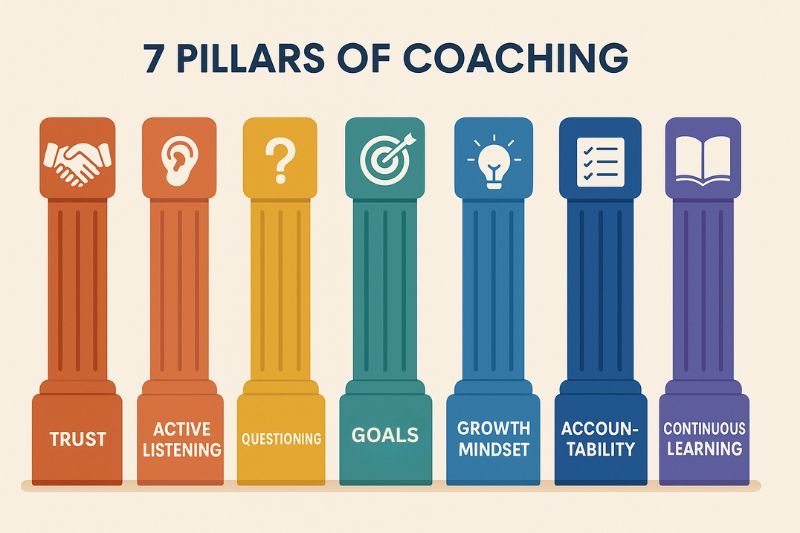
1. Trust
Trust is the foundation of any coaching interaction because honest conversations cannot take place without it. A lack of trust causes withholding of information, resistance to the process, and diminished progress.
It takes a high level of trust in a manager for employees to share their mistakes without fearing reprisal. Aim to be consistent, have a high level of integrity, and show insight. This will build trust over time as the employee learns they can trust your reactions and feel safe when sharing difficult information.
2. Active listening
Active listening occurs when you pay full and undivided attention to what an employee is saying. You do this to get a full understanding and insight into what message they want to convey. Great coaches make a habit of listening more than they talk - except to reflect what was said. They avoid the temptation to jump in and offer solutions, but rather steer the person towards clarity.
3. Powerful questioning
Instead of giving instructions and expecting compliance, coaches ask thought-provoking questions that spark reflection. The objective of powerful questioning is to help the employee discover their:
- Inner potential.
- Decision-making ability.
- Problem-solving skills.
- Performance strengths and weaknesses.
❓Need inspiration? 6 Questions to ask in your performance review: Manager edition will give you an excellent head start.
4. Goal-setting clarity
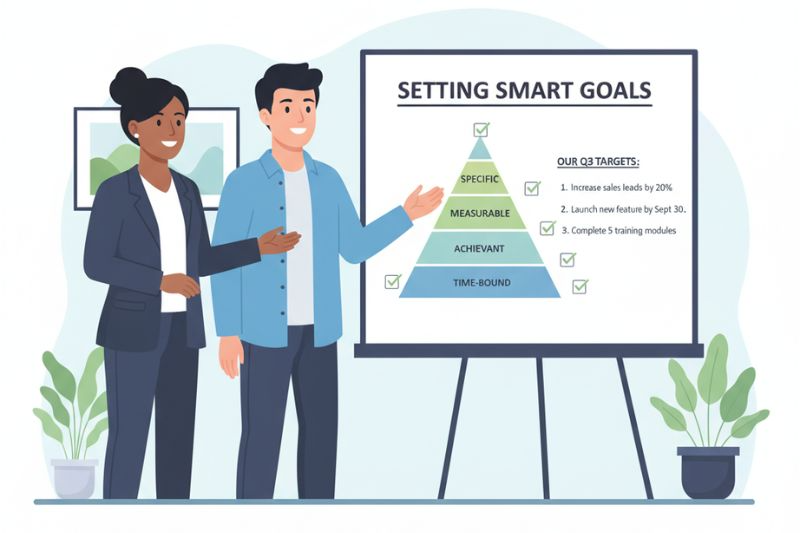
Millennials and Gen Xers respond best to concise, actionable goals with a transparent path to success. The challenge for many managers is translating broad expectations into practical steps employees can actually follow.
That’s where proven goal-setting frameworks such as SMART goals and the Goal Pyramid come in. These tools break large ambitions into smaller, measurable milestones, making progress visible and achievable. For a deeper understanding, see Employee performance goals: Examples you can use right now, where we outline how to apply these frameworks in the workplace.
5. Growth mindset
A growth mindset is about believing that skills, behavior, and knowledge can be changed through feedback and learning. This principle is brought to life in the coaching process by frequent and meaningful conversation.
The key to improving workplace performance is to target specific behaviors and skills, rather than focusing on personality traits. Feedback aimed at unchangeable traits, such as “you’re not confident enough” or “you’re too quiet”, shuts employees down and discourages growth. Rather, frame feedback around observable behaviors such as ‘try to slow down your speech during presentations, and pause at important points.’
Over time, this approach not only improves individual results but also strengthens team performance across the board.
6. Accountability
This pillar is about the employee taking responsibility for their own progress and final results. Achieving this requires self-reflection, actionable steps (set by the employee), regular check-ins, and taking responsibility for outcomes.
Self-reflection is a crucial skill for the employee to develop when participating in coaching. Help employees get into this mindset by:
- Asking powerful questions: Start questions with what, why, when, who, and how to get the employee to dig deeper.
- Use reflective listening: Repeat what your employee is saying in your own words. This will help them to ‘hear’ what they’re conveying, and if they don’t agree, they have an opportunity to clarify.
- Encourage observation: Statements like, ‘Are you aware of how your frustrations boil over when you encounter a difficult situation, ’ can help the employee gain perspective on their behavior.
🎯 Use Simpleperf’s performance review features to increase accountability during coaching programs, with automated reminders and AI-generated insights to help formulate actionable steps.
7. Continuous learning and adaptation

The most effective coaching relationships are ones that continue over a period of time. This ensures consistency, trust to be developed, and the employee (or team) to see that the coaching process works. The employee can reflect on what works, and doesn’t work and is empowered to structure the coaching and the learning to their personal style.
In this way, managers also learn to deal with a diverse range of personalities and cultures, making them more effective at achieving sustainable results for their employees. Both parties stay agile, focused, and geared towards the well-being and success of the entire team.
With the seven pillars integrated into your coaching process, you are ready to begin successful coaching sessions.
How to structure a coaching conversation
A productive coaching session shouldn’t be left to chance. Here’s a simple flow that will get you consistent results.
- Build rapport - Ask how they’re feeling and what they have on their mind.
- Clarify goals - What outcome do they want from the discussions (discovering expectations).
- Explore challenges - What have they been experiencing? Use open-ended questions.
- Brainstorm solutions - Encourage self-reflection, and ask for ideas on how to solve challenges.
- Agree on actions - Documents actionable steps that the employee has committed to.
- Closely positively - Acknowledge their ability to achieve success through effort and continued learning.
Conclusion
As of mid-2024, Millennials and Gen Xers make up about 67% of the U.S. labor force, surpassing Baby Boomers as the largest working group. Unlike Boomers, who often responded well to traditional top-down management, younger generations expect collaboration, flexibility, and professional growth.
Coaching in the workplace is important because it matches these expectations: it emphasizes guidance over control, focuses on developing skills, and builds a sense of ownership. This approach keeps employees engaged, motivated, and committed to achieving results.
📊 With Simpleperf by BuddiesHR, you can set up goals in minutes, aligning employee growth with company objectives while making coaching outcomes both measurable and trackable.

Frequently Asked Questions
1. What is the 70-30 rule in coaching?
The 70-30 rule refers to a coaching principle where a manager spends 70% of the session on positive, constructive feedback and 30% on developmental actions. This creates the perfect balance of feedback, fostering trust and goodwill in the coaching relationship.
2. What are the three Cs of coaching employees?
When focusing on employee growth and potential, the three Cs stand for: Clarity (always give clear goals), Courage (persistently tackle challenges with wisdom), and Commitment (commitment to effective change and lasting results).
3. How do I coach an employee effectively?
Coaching an employee towards sustainable results requires: Building a foundation of trust, setting clear and concise goals, and providing guidance to increase autonomy and decision-making capabilities.
4. How is coaching different from traditional training?
Unlike traditional training, which focuses on introducing new skills and enhancing knowledge, coaching efforts empower employees. Coaching focuses on improving performance, using current employee skills to overcome challenges, and encourages a growth mindset.

References:



